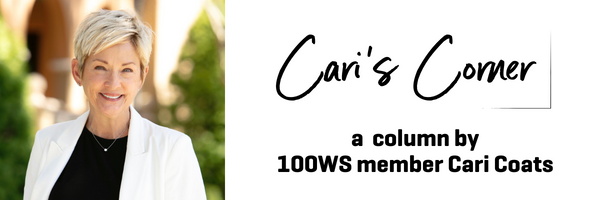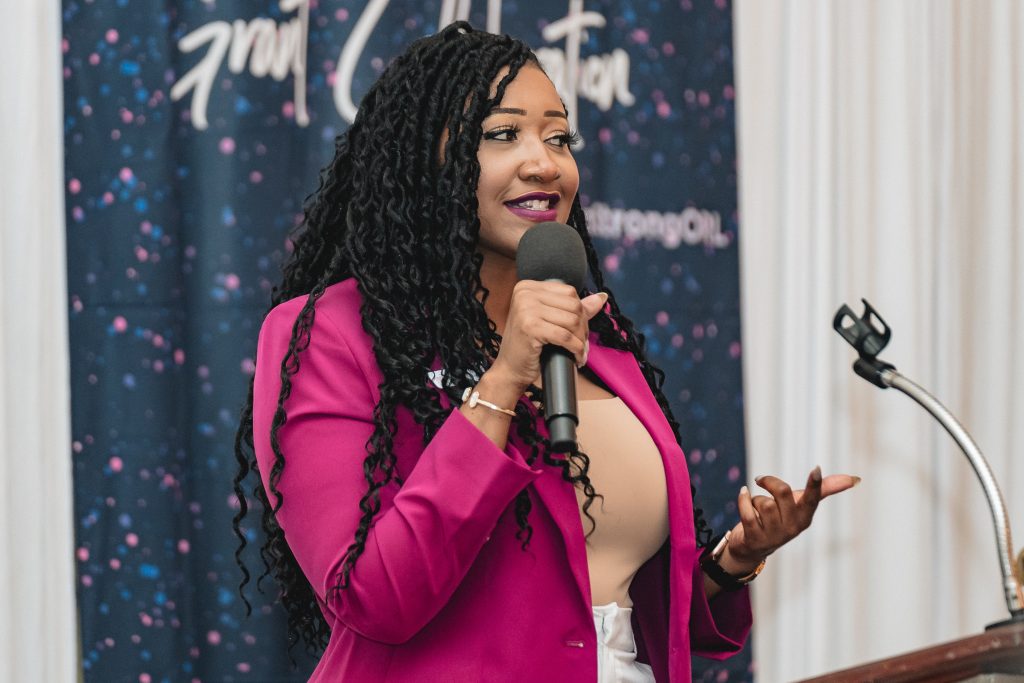
Cari’s Corner: It’s Perfect Time to Reflect on Your Personal Vision
Hello 2024! The start of a new year is often a time of reflection – what went well, and maybe not so well, last year? – and goal-setting – what do I want to accomplish this year? To keep moving forward, it helps to know your true north, your purpose, your personal vision for your leadership. It can serve as the guiding light for your decisions and actions.

In Stephen Covey’s leadership classic, The 7 Habits of Highly Successful People, Covey introduces the idea of crafting your own mission statement as part of his second habit: begin with the end in mind. “The single most important and far-reaching leadership activity that you will ever do is to develop a personal mission statement—and then bring that sense of purpose to the people around you,” says Covey.
So, what is a personal vision statement? It’s often a long-term, high-level snapshot that captures the purpose of your existence, defining who you are and how you will live. It might be helpful to think of it as a bridge that leads you to the future – your best self, best work.
A personal vision statement provides a roadmap for you to live and lead intentionally. It offers a framework for decision making. Keeps you motivated. More importantly, it inspires others, and there’s no question inspiration is important to followers. Have your ever worked for someone who clearly had no vision for themselves or their role? Think about what that was like. Incredibly discouraging, I’ll bet. Who wants to be that kind of a leader?
Today, many of the top leaders in the world have a personal vision statement. How about you? If the answer is “yes” then you’re ahead of the game. I encourage you to periodically review it and evaluate its efficacy for your leadership. Establishing your personal vision is an iterative process. It’s not meant to be fixed, rather it should evolve throughout your life. There’s also no right or wrong in terms of format or number of words. I’ve seen one sentence, long narratives, and a series of bulleted statements. It simply needs to speak to you, reflecting a concise expression of your innermost values and direction. After all, this is…personal. Make sure it’s your own.
If you don’t currently have a personal vision statement, there’s no time like the present to create one. Here are some things to remember. It should be comprehensive in scope and consider all aspects of your life. I’m often asked, should I have two vision statements, personal and professional? My response is always the same, are you two different people or are you one person who leads as your real self? Make sure it’s the latter. Authentic leaders are the most effective leaders.
Wanting a personal vision is the easy part. Articulating it can be daunting. Take your time, be thoughtful, and dig deep. Stretch yourself. You want a personal vision that is honest and aspirational. It requires introspection, self-analysis, and clarity of mind. It’s not something you produce in a day. Rather it will likely take several drafts over days, weeks, even months.
Here are five steps to fuel your thinking and help get you started in a meaningful way.
Ask yourself:
- What is my purpose? If there were just one significant thing in my life that I could achieve, what would it be? If I could make an important impact at work or in my profession, what would it be?
- What are my passions? This is what creates energy in your life. When we spend our time on what we do well and enjoy, our lives have meaning. What are the things that energize me and bring value to my life? Am I engaged in meaningful activity and relationships? What are they? Is there an issue or cause that is an enduring theme in my life? What am I most committed to? Is there a common thread?
- What will be my leadership legacy? How do I want my leadership to be remembered? Is there a lasting contribution that I’ve made or want to make; something that will be lasting because I have lived and worked all these years?
- What are my values? These are enduring beliefs and principles that inform your behavior and decisions. Less is more here because it forces you to focus on what’s truly important. Try starting with 10-15 words or phrases but do your best to narrow it down to 5 or less. This is not about what you think should be your values, but rather a reflection of how you really feel.
- What is my personal vision? Reflect on your responses to all of the above. Create a statement or series of bullets that capture your personal vision. Ask yourself, is this the vision statement that best represents who I am, what I can do and what I want to be? Can I live this vision? Share your draft with people who know you well and ask for input and actionable suggestions on how you can make your vision a reality. Once you get it just right, commit to an action plan that will help you do just that.
Leaders with the self-awareness and drive to establish and evolve their personal vision are more likely to be most satisfied and successful over the long term. Use it as a personal framework for your life. Every time you make an important decision, it can be your guide. Famed leadership guru Simon Sinek says, “Most of us live our lives by accident – we live as it happens. Fulfillment comes when we live our lives on purpose.” I couldn’t agree more.
To finish, here’s my personal vision statement: With courage and grace, I want to be a leader of consequence, inspiring and connecting people and ideas to accelerate discovery and growth, in order to shape and influence enduring impact.
Now, you get started on yours.
CARI H. COATS is a business advisor, leadership strategist, executive coach, author, and speaker, leveraging her extensive executive experience and 25-plus year track record helping senior leaders and teams. Coats is co-founder & managing partner of Accendo Leadership Advisory Group. Accendo is a leadership strategy firm offering advisory services for the full spectrum of leadership development, including executive and transitional leadership coaching, high performance executive team development, professional development for high potential women leaders, and next generation succession coaching for family business leaders. Coats is a certified executive coach in the Marshall Goldsmith Stakeholder Centered methodology and works primarily with executive-level leaders and teams, and a member of the Forbes Coaches Council. Coats is also the co-author of “Women: Get Promoted Now! 4 Must-Have Ingredients to Accelerate Your Career.” Coats is a graduate of the Global Executive MBA program at Duke University. Coats received her B.A. in Communications-Radio/TV from the University of Central Florida. She was named the Distinguished Alumnus of the Year at UCF and served on the UCF Foundation board for more than a decade. Coats resides in Orlando, FL with her husband, Russell Coats. They have 26-year-old twin daughters, Kate and Maddie.
100 WOMEN STRONG 100 Women Strong is a giving circle at Central Florida Foundation. As part of Central Florida Foundation’s Women in Philanthropy initiative, the giving circle provides an exciting opportunity for women to join together in an engaging and meaningful way to give back to the Central Florida community. Each member makes an annual tax-deductible gift of $1,100 to a pooled fund and together they research and identify where their grants will go in the community to make an impact. Since 2006, 100 Women Strong has invested more than $950,000 in local initiatives to improve the lives of women and children. For more information, learn more here.

Read about 100 Women Strong’s 2024 Grant!
Jump to 100 Women Strong’s website!

